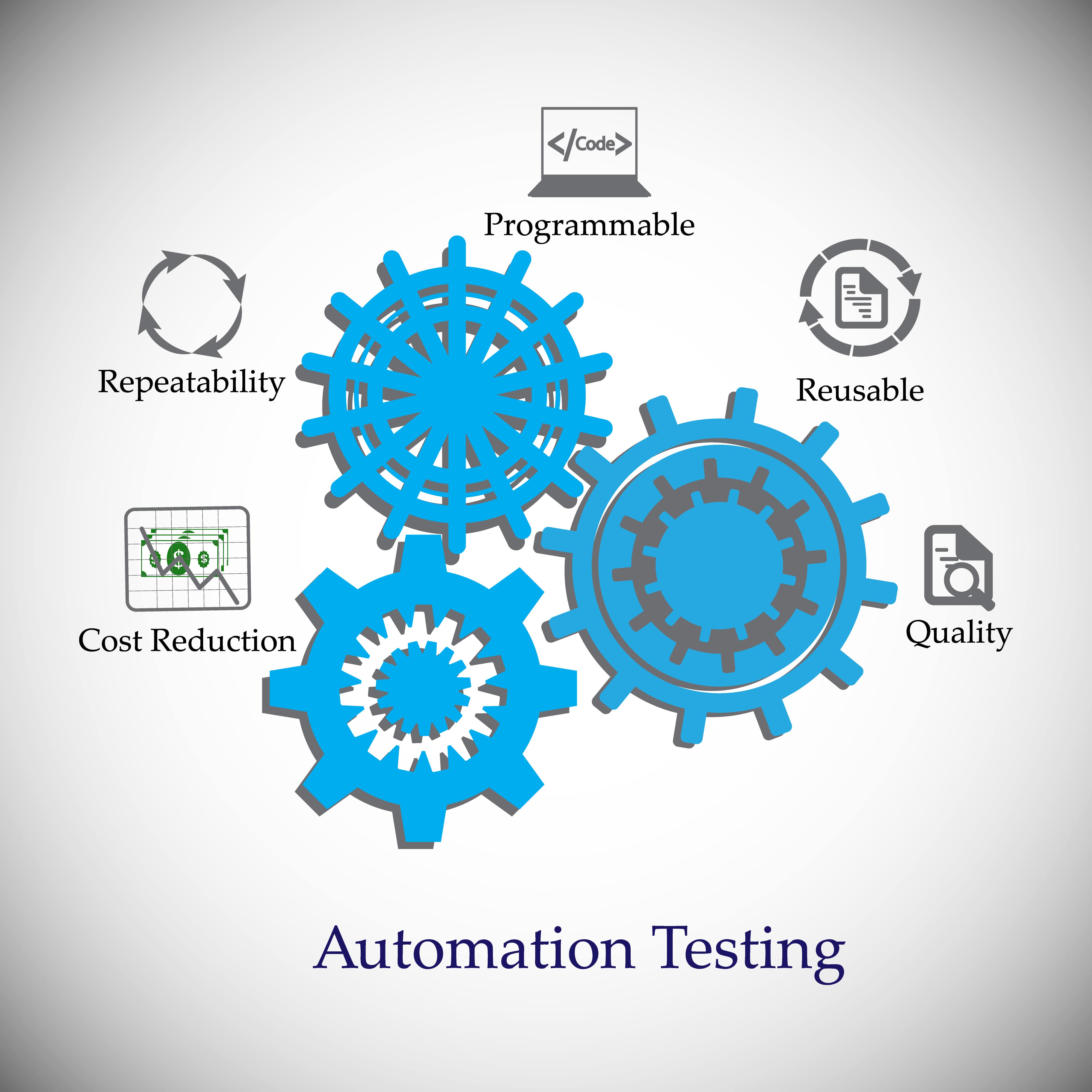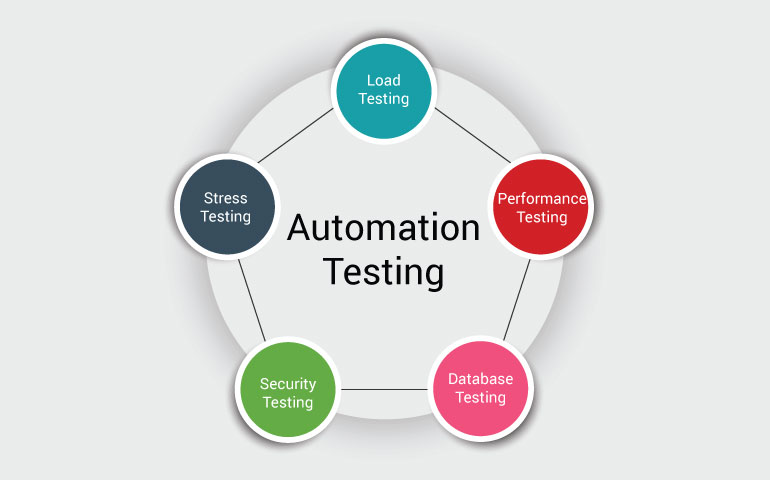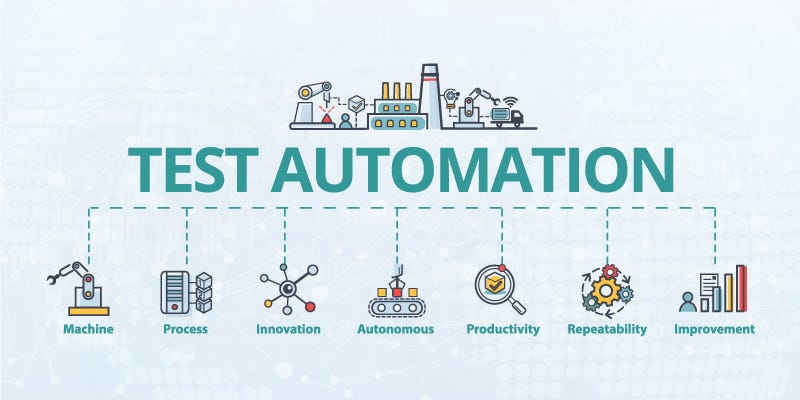The Relevance of Automation Testing in Agile Development Atmospheres
The Relevance of Automation Testing in Agile Development Atmospheres
Blog Article
From Handbook to Automated Testing: A Comprehensive Guide to Transitioning Smoothly and Efficiently
In the world of software program screening, the shift from handbook to automated processes has come to be an increasingly important shift for organizations seeking to boost effectiveness and accuracy in their screening techniques. The trip from guidebook to automated screening is not without its difficulties, but when come close to strategically and with a clear plan in mind, the advantages can be substantial.
Benefits of Automated Evaluating
Automated testing uses countless advantages, enhancing effectiveness and precision in software growth processes. One key advantage is the significant reduction in screening time. Automated examinations can be run all at once on multiple tools and running systems, substantially quickening the testing stage contrasted to hand-operated screening. This increased efficiency permits faster responses on the high quality of the software application, allowing designers to recognize and address problems quickly.
Moreover, automated screening guarantees a higher degree of accuracy in spotting issues. Consistency in screening is likewise improved, as automated examinations implement the exact same steps precisely each time they are run.
Choosing the Right Devices

Firstly, assess your goals and requirements. Recognize the range of your project, the technologies included, and the ability set of your group. This evaluation will certainly assist you determine the abilities and functions you call for in your screening tools.
Second of all, think about the compatibility of the tools with your existing systems and procedures. Seamless combination with your present software program development lifecycle is vital to guarantee a smooth transition to automation.
Additionally, review the scalability and flexibility of the tools. As your screening needs progress, the tools must have the ability to adapt and accommodate adjustments properly.
Last but not least, variable in the assistance and community around the devices. Robust assistance and an energetic user neighborhood can give important sources and support when implementing automated screening. By carefully thinking about these elements, you can pick the right devices that straighten with your demands and established the stage for an effective shift to automated screening.
Composing Reliable Test Manuscripts

When crafting examination scripts, it is important to take into consideration the particular needs of the software application being tested and ensure that the manuscripts resolve all vital functionalities. Descriptive and clear naming conventions for test manuscripts and test situations can improve readability and maintainability. Additionally, integrating mistake handling mechanisms within the examination scripts can help in recognizing and addressing concerns immediately.
Moreover, arranging examination manuscripts right into modular components can enhance reusability and scalability, lowering click for info redundancy and enhancing effectiveness in examination script maintenance. Routine testimonials and updates to examine scripts are important to keep pace with evolving software program requirements and performances. By complying with these principles, testers can develop durable and reliable test manuscripts that add considerably to the success of automated screening processes.
Integrating Automation Into Workflows
By seamlessly incorporating blog here automated screening tools like Selenium or Appium right into the software development lifecycle, teams can accomplish faster feedback on code modifications, leading to quicker insect discovery and resolution. This combination enables for continual screening throughout the advancement procedure, ensuring that any kind of issues are identified early on, resulting in greater software application high quality. Appropriate integration of automation devices requires partnership in between advancement, screening, and procedures groups to establish a unified workflow that enhances efficiency and efficiency in supplying high-grade software program products.
Making Certain a Smooth Change
Efficiently transitioning to automated screening involves meticulous preparation and careful implementation to make the most of and reduce interruptions efficiency in the software program advancement process - automation testing. To ensure a smooth shift, it is important to begin by conducting a thorough analysis of the current testing processes and determining areas where automation can bring the most substantial benefits. Involving with all stakeholders early on in the process, including designers, testers, and task supervisors, is vital for garnering assistance and buy-in for the automation initiative
Communication is crucial during this change phase. Clear communication of the objectives, advantages, and expectations of automated testing helps to handle any type of resistance or worries that may arise. In addition, giving adequate training and sources for staff member to upskill in automation tools and strategies is vital for ensuring an effective transition.

Verdict
To conclude, transitioning from guidebook to automated testing provides various benefits, including increased efficiency and reliability. By choosing the proper tools, writing reliable test manuscripts, and incorporating automation seamlessly right into operations, companies can make certain a smooth and successful transition. It is essential to accept automation as a valuable asset in software application screening procedures to improve overall quality and performance.
In the world of software application testing, the change from manual to automated processes has come to be a progressively vital shift for companies seeking to enhance effectiveness and accuracy in their testing techniques. Automated examinations can be run at the same time on numerous gadgets and running systems, significantly speeding up the screening stage compared to manual screening. Consistency in screening is additionally enhanced, as automated tests carry out the very same steps specifically each time they are run.To make sure the effective implementation of chosen testing tools, the development of efficient test manuscripts plays a crucial duty in verifying the performance and performance of automated processes - automation testing. By complying with these concepts, testers can create robust and reliable test scripts that contribute considerably to the success of automated testing procedures
Report this page